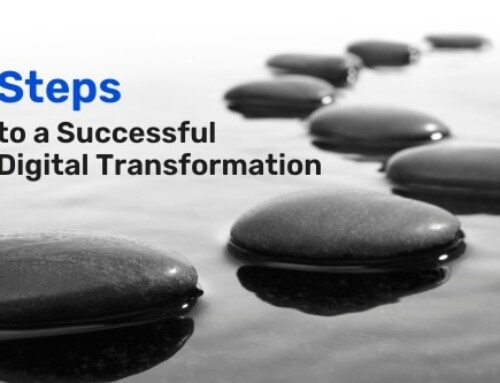Does this sound familiar? After a painful, time-consuming, and expensive redesign, you finally relaunch your new membership site. After briefly patting yourself on the back, everybody moves on, and nothing much changes.
A few years down the line, your website is out of date and neglected, so you start the whole process again.
We need to think in terms of the digital services that we are providing to our customers.
What is a digital service?
A website is a digital service, but so are our social media channels, customer portals, mobile apps, newsletters, or, indeed, any other digital interaction between you and your customers.
A digital service cannot just be thrust into the world and forgotten. It needs ongoing management, more like how you would run a store than produce a brochure.
Financially, you need to think of your digital services as operational expenses rather than capital expenses that must be spent every few years.
Each digital service needs an owner, a budget, and people to work on it regularly.
Why digital services are preferable
Building a website and then doing very little to improve it until the next big redesign is very damaging.
First, your website will never be running at peak performance. A newly launched site is only a best guess at what users will respond to, and the only way you can ensure it works properly is to monitor user behaviour and adapt.
Then there is the fact that the website will slowly become out of date over time, further reducing its effectiveness.
The second problem with the launch and forget approach is that when the website becomes so outdated that you redesign it, you typically throw everything out and start again. That is incredibly inefficient and expensive. Instead, it is more cost-effective to evolve the website over time.
A continual, lower level of spending is far better for ensuring your digital services provide the maximum return for the minimum investment.
How to build and run a digital service
As should be clear at this point, launching and running any digital service is a significant commitment in time and resources. Unfortunately, this commitment is routinely overlooked, leading to services that are more of a drain on the organisation than a benefit.
We can avoid this from happening by having a robust process for assessing digital services we are considering launching, as well as for building and running them. A process that minimises risk and maximises return.
This process consists of 4 steps that every digital service will pass through in its life. These are:
- Discovery
- Prototype
- Build
- Live
Let’s explore each in a little more depth so you can see the benefits they provide, starting with discovery.
Evaluate with a discovery phase
Through user research, competitive analysis, technology reviews, and various other techniques, a potential digital service is assessed for its viability and how likely it is to benefit the organisation.
The discovery phase is typically carried out by a combination of digital experts and internal stakeholders, who work together to assess the proposed service.
Reports such as MemberWise Digital Excellence Report 2021 can help, it provides you with unique insight to more closely inform your digital focused membership activity and strategy.
Define a digital service through prototyping
The prototyping phase is where the digital service is defined in detail. We create an interactive prototype of the digital service. This prototype can be tested with real users and involves the digital team in its creation. However, best of all, it provides a clear visual representation of what is going to be built that everybody can agree upon.
Because the scope is clearly defined in the prototype, the cost of building the service can be more accurately estimated. In other words, the organisation will have a clear picture of whether the service should be built.
Build with speed and confidence
The build phase is largely as you expect. However, the build tends to go much more smoothly with a detailed and well-tested prototype in place. In addition, more attention can be given to factors such as performance, security, and robustness as decisions around design and content have already been made.
Improve through post-launch iteration
In many ways, the post-launch phase of a digital services life is one of the most critical. That is because this is the point when we begin to get data about how real users are behaving on the website.
The post-launch phase provides us with an opportunity to monitor behaviour, gather feedback and iterate upon the website to maximise its effectiveness.
More than a project
As you can see, commissioning a digital service is more than simply running a project. A digital service requires long-term organisational commitment and associated resources.
For organisations that are not digital-first, this can involve a considerable shift in thinking, which is why getting outside support is often advisable.
Heavy Penguin is a UK Digital agency providing safe and scalable digital solutions for the Membership and Nonprofit sectors.










Leave A Comment